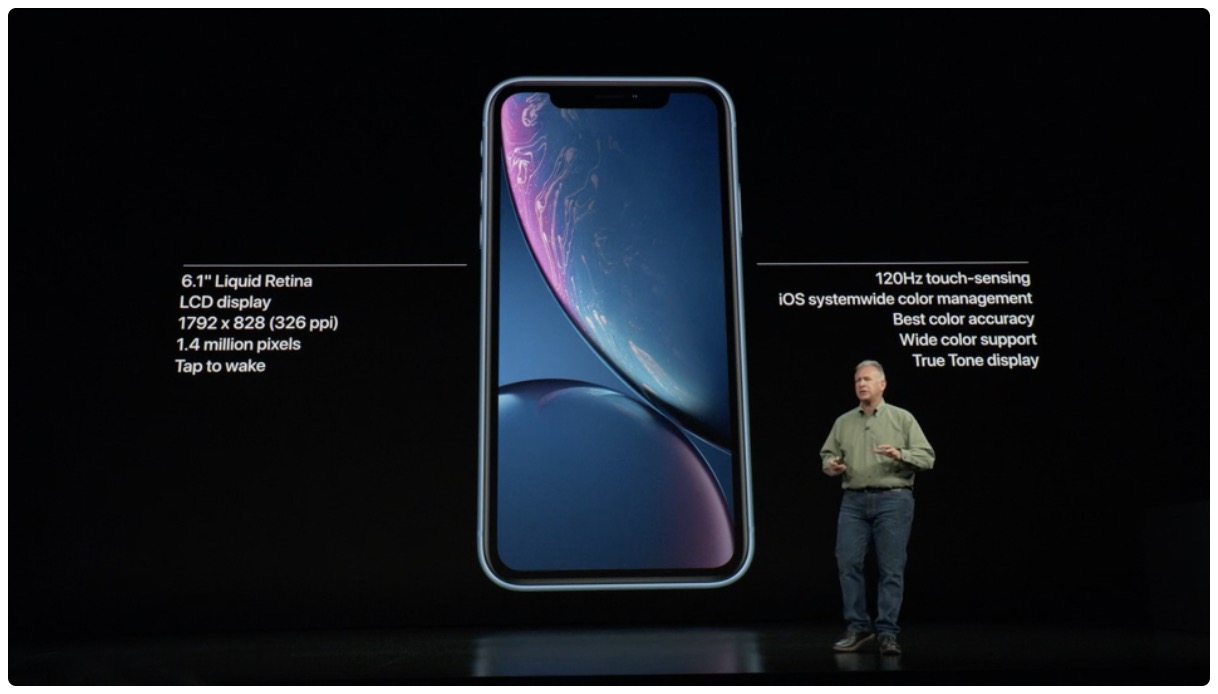LG Display will be no longer building LCD panels for non-OLED iPhones, the company has confirmed now. Moreover, its parent LG has warned investors that it is seriously considering exiting the smartphone business entirely due to declining shipments and strong competition.
Low profitability
The Elec is reporting that LG ceased making iPhone LCDs in the third quarter of last year. It also stopped making LCD panels for other phone manufacturers in the fourth quarter
For LG Display, the LCD line for iPhones has been low in profitability. Apple also used organic light-emitting diode (OLED) panels instead for its iPhone 12 series. Sales of iPhones with OLED is also expected to exceed that of those with LCD panels this year.
This leaves Sharp and Japan Display Inc. as suppliers of LCDs for non-premium iPhone models, such as the new iPhone SE which launched last year. “LG Display had previously attempted to supply LCD for the 2019-model iPhone SE but failed,” notes the report.

“About time” to make “the best choice”
The Korea Herald separately reported about an internal memo that LG CEO Kwon Bong-seok sent to employees. In it, the CEO officially confirms that LG is considering not only downsizing its smartphone business but leaving the smartphone market entirely in 2022. The memo says “it’s about time” for LG to take a hard look at its declining smartphone and accrued losses that hit a whopping $4.5 billion over the past five years, and possibly make “the best choice.”
Since the competition in the global market for mobile devices is getting fiercer, it is about time for LG to make a cold judgment and the best choice. The company is considering all possible measures, including sale, withdrawal and downsizing of the smartphone business.
The company could also sell off its smartphone business and related assets.
Ill-prepared for iPhone OLED switch
LG’s display-making arm has focused on outdated LCD technology for far too long. The company couldn’t produce OLED panels in sufficient quantities after Apple released the iPhone X back in 2017, its first OLED handset. That’s because LG was dragging its feet with heavy investments in new manufacturing plants that would churn out OLED panels for iPhones.
Being unable to enter the iPhone OLED supply chain robbed LG of significant revenue as Apple turned to Samsung, which would become the sole supplier of iPhone OLEDs. Even nowadays Samsung is credited with providing Apple with a lion’s share of OLED panels for iPhones.
Meanwhile, LG remains Apple’s OLED supplier for the Apple Watch.